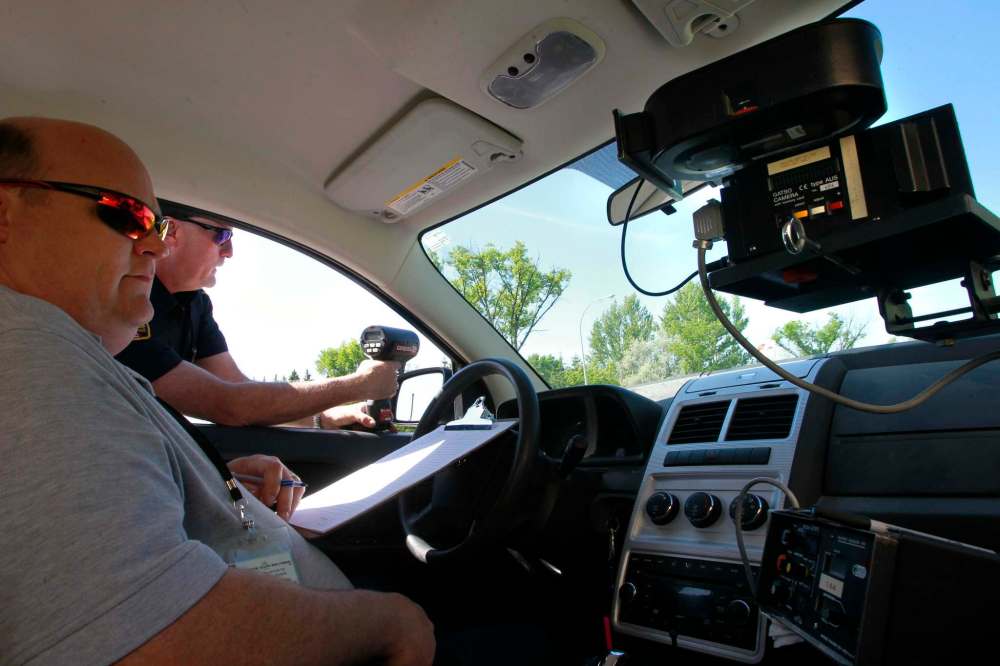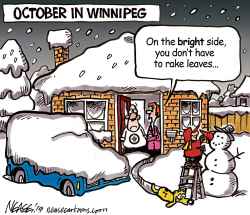City needs to see full photo radar picture
Read this article for free:
or
Already have an account? Log in here »
To continue reading, please subscribe:
Monthly Digital Subscription
$0 for the first 4 weeks*
- Enjoy unlimited reading on winnipegfreepress.com
- Read the E-Edition, our digital replica newspaper
- Access News Break, our award-winning app
- Play interactive puzzles
*No charge for 4 weeks then price increases to the regular rate of $19.00 plus GST every four weeks. Offer available to new and qualified returning subscribers only. Cancel any time.
Monthly Digital Subscription
$4.75/week*
- Enjoy unlimited reading on winnipegfreepress.com
- Read the E-Edition, our digital replica newspaper
- Access News Break, our award-winning app
- Play interactive puzzles
*Billed as $19 plus GST every four weeks. Cancel any time.
To continue reading, please subscribe:
Add Free Press access to your Brandon Sun subscription for only an additional
$1 for the first 4 weeks*
*Your next subscription payment will increase by $1.00 and you will be charged $16.99 plus GST for four weeks. After four weeks, your payment will increase to $23.99 plus GST every four weeks.
Read unlimited articles for free today:
or
Already have an account? Log in here »
Hey there, time traveller!
This article was published 16/10/2019 (2245 days ago), so information in it may no longer be current.
A senior official with the Winnipeg Police Board last week told the city’s finance committee it’s “impossible” to know whether issuing traffic tickets to motorists makes the streets safer.
The official is wrong — and it’s high time city councillors demand police release collision and injury data to evaluate traffic enforcement, including where photo radar is used.
Couns. Markus Chambers and Shawn Nason were peppering Shauna Curtin (secretary to the Winnipeg Police Board) with questions Friday, demanding to know if there’s any evidence an increase in revenue from traffic tickets is improving road safety.

The board reported revenue from photo enforcement was down slightly in the second quarter of 2019, but ticketing from traditional enforcement (where motorists are stopped by police officers) is up 46 per cent this year.
“Revenues are up, but I don’t know if it’s keeping the population any safer,” said Chambers (St. Norbert-Seine River).
The question of whether police use traffic enforcement primarily to reduce collisions and injuries, or to generate revenues for city coffers, has long been a bone of contention at city hall, especially with the introduction of photo enforcement in 2003.
“Revenues are up, but I don’t know if it’s keeping the population any safer.” – Councillor Markus Chambers (St. Norbert-Seine River)
The Winnipeg Police Association (the union that represents some 2,000 Winnipeg Police Service officers and civilian support staff) has accused police brass in the past of imposing quotas on officers, forcing them to hand out a minimum number of traffic tickets per shift to generate revenue.
Officials have always denied those accusations. But they’ve also failed to produce collision and injury data to show traffic enforcement, including where photo radar is used, is making Winnipeg’s streets safer.
Curtin told the finance committee it’s not possible to provide such evidence.
“It’s impossible to say if that makes us safer or not because it’s driver-dependent,” said Curtin, a former assistant deputy minister with Manitoba Justice who oversaw court services. “But we would like to think that with the kind of news coverage that we’ve been getting lately, and with the kind of discussion that we’re having right this minute, that people are paying attention that those sanctions do have some effect.”

That’s it? That’s the city’s evaluation of the WPS traffic enforcement program?
If the city is getting robust news coverage, traffic enforcement must be working?
Curtin is mistaken. Not only is it possible to measure outcomes from traffic enforcement, it should be mandatory.
The City of Winnipeg publishes collision and injury data for intersection safety cameras (red-light cameras) in its photo enforcement annual reports. But it has never collected such data for mobile photo radar — even though the stated objective of the program is to reduce collisions and injuries.
How can the city know if it’s meeting those objectives if it doesn’t collect the data necessary to evaluate the program?
It wouldn’t be difficult. Just as it does for individual red-light camera intersections, the city could collect collision and injury data where photo radar is used and see if it’s making the streets safer. It could do the same in many cases where traditional enforcement is used, including in school zones.
The fact it doesn’t makes residents skeptical, that traffic enforcement is being used more as a revenue generator than a road safety tool.
“It’s impossible to say if that makes us safer or not because it’s driver-dependent.” – Shauna Curtin, secretary to the Winnipeg Police Board
Annual photo enforcement revenue has skyrocketed in recent years to more than $10 million in net proceeds, up from $3 million-$7.5 million in 2010-13.
Is it making Winnipeg streets safer? There’s some police data that shows overall collisions per capita where red-light cameras are used is down slightly compared to 15 years ago. However, right-angle collisions (or “T-bones”) are up per capita at the original 12 red-light camera intersections.
There is no collision or injury data whatsoever for photo radar. Police publish statistics on how fast motorists drive where photo radar is used, but they don’t collect crash data.
If the city wants to assure Winnipeggers it uses traffic enforcement to make the streets safer, it should start collecting and publishing evidence to show it’s meeting its program objectives. Otherwise, the public has to assume it’s more about the money.
tom.brodbeck@freepress.mb.ca

Tom has been covering Manitoba politics since the early 1990s and joined the Winnipeg Free Press news team in 2019.
Our newsroom depends on a growing audience of readers to power our journalism. If you are not a paid reader, please consider becoming a subscriber.
Our newsroom depends on its audience of readers to power our journalism. Thank you for your support.












